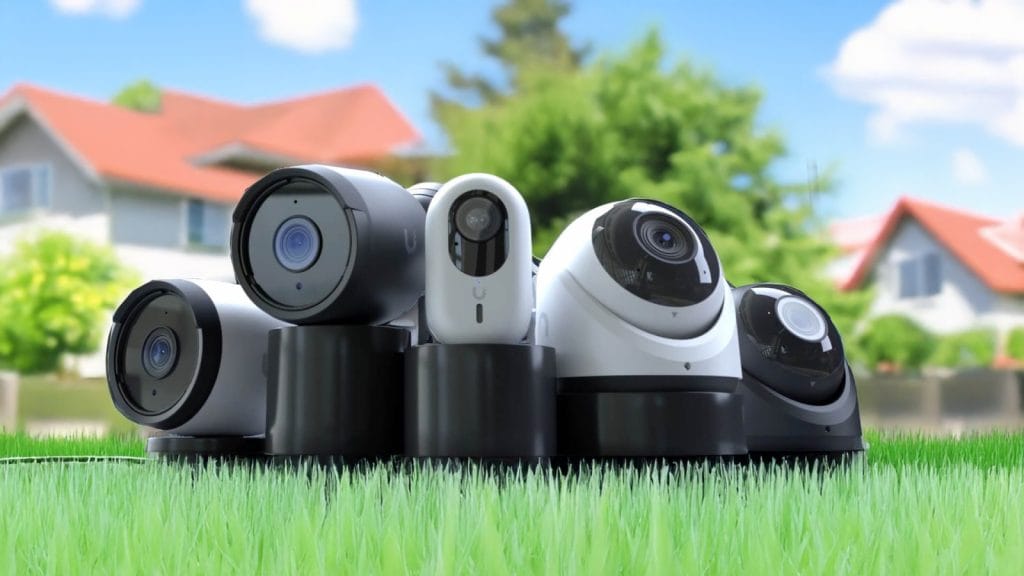You *******, introducing an entry level 10Gbe switch with Etherlighting right after me buying a 10Gbe switch (though I'm sure it costs far more than what I paid).
Edit - only epeen want. If the baby version costs $500, the Pro XG 10 PoE must a good $100-200* more and it doesn't look silent. Tidy though.
*£666 to be exact.
Edit - only epeen want. If the baby version costs $500, the Pro XG 10 PoE must a good $100-200* more and it doesn't look silent. Tidy though.
*£666 to be exact.
Last edited:













